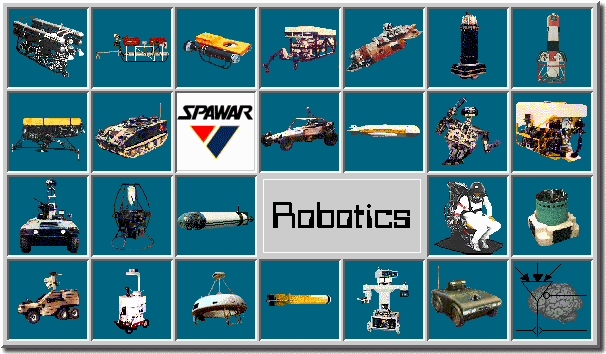
After the technology explosion during World War II, George Devol, a successful inventor and entrepreneur, met engineer Joseph Engelberger at a cocktail party in Connecticut. They were both bright, enthusiastic, and imaginative. Together they made a serious and commercially successful effort to develop a real, working robot.
Their concept was to use an electronic digital computer as the "brain" (i.e. program controller) and servomechanisms as the "muscles." A mechanism was designed suggestive of a human arm. (Anthropomorphism remained an article of faith.) It resembled a tank turret and cannon with additional axes of rotary motion at the outboard end of the cannon (the "wrist"). Servo actuators used hydraulic cylinders, electro-hydraulic servo valves, and electronic encoders for feedback. The controller was the digital computer. The machine was trade named the "Unimate."

The hard part of entrepreneuring is funding. They persuaded Norman Schafler of Condec Corporation in Danbury that they had the basis of a commercial success, and Unimation, Inc. was born. Ultimately Unimation was acquired by Westinghouse and the entrepreneurs' dream of wealth was achieved.
Most Unimates were sold to extract die castings from die casting machines and to perform spot welding on auto bodies, both tasks being particularly hateful jobs for people. Both applications were commercially successful, i.e., the robots worked reliably and saved money by replacing people. An industry was spawned and a variety of other tasks were also performed by robots, such as loading and unloading machine tools.
The robot idea was hyped to the skies and became high fashion in the Boardroom. Presidents of large corporations bought them, for about $100,000 each, just to put into laboratories to "see what they could do;" in fact these sales constituted a large part of the robot market. Some companies even reduced their ROI (Return On Investment criteria for investment) for robots to encourage their use.
The image of the "electronic brain" as the principal part of the robot was pervasive. Computer scientists were put in charge of robot departments of robot customers and of factories of robot makers. Many of these people knew little about machinery or manufacturing but assumed that they did. (There is a common delusion of electrical engineers that mechanical phenomena are simple because they are visible. Variable friction, the effects of burrs, minimum and redundant constraints, non-linearities, variations in workpieces, accommodation to hostile environments and hostile people, etc. are like the "Purloined Letter" in Poe's story, right in front of the eye, yet unseen.)
They also had little training in the industrial engineer's realm of material handling, manufacturing processes, manufacturing economics and human behavior in factories.
As a result, many of the experimental tasks in those laboratories were made to fit their robot's capabilities but had little to do with the real tasks of the factory.
My own robot company (MOBOT Corp.) was once visited by a computer science Ph.D. He had been in charge of robot applications in a major American manufacturing company (a customer of mine) and was now president of a competing robot company. After the factory tour he said, quite sincerely, that our very large machines were unnecessary because they could be replaced by integrated circuit chips.
| [ Select and Purchase one of Mr. Kamm's Books] |
Click on number to jump to page.